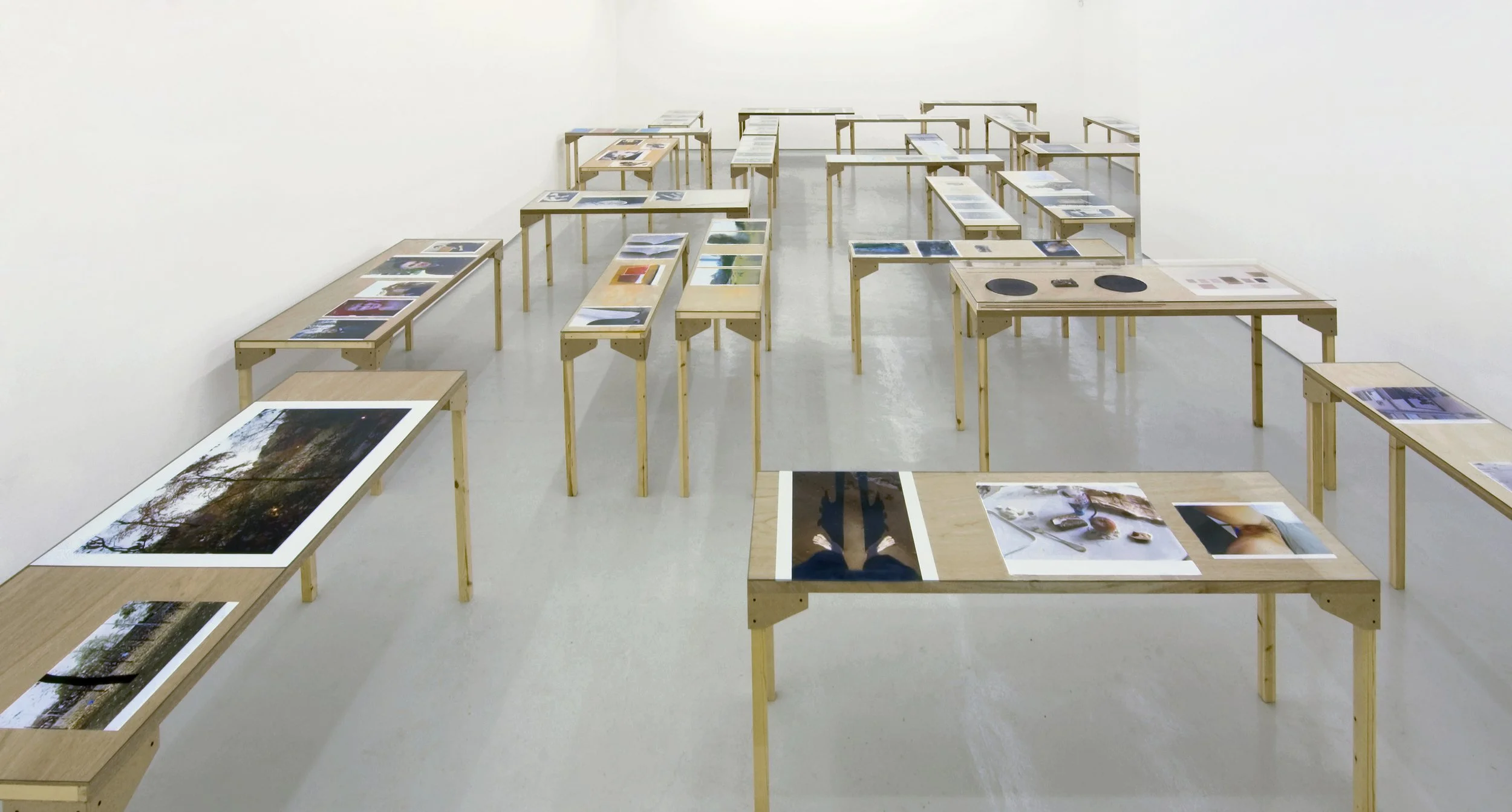The Art of Un-Knowing
“Information Overload” by Claire Bishop tackles how research in art influences the way viewers approach the work and move through the exhibition. As someone who appreciates documenting, writing and statistics related to my research this reading challenged how I think about incorporating these elements into my presentation. Bishop warns artists of the impacts that information overload, literacy skills, and online reading has. Artists must develop visual language for viewers to sample as we can not expect them to read everything and make connections. We should expect viewers to take %20 away with them.
“Wolfgang Tillmans: truth study center,” 2005
Quotes that stood out to me:
“Artistic research can push against the limits of academic research in two ways: first, by allowing personal narrative and challenging an objective relationship to truth via fiction and fabulation (a tendency already present in academia via feminism and Black studies); and second, by presenting research in aesthetic forms that exceed the merely informative (the pleasure of a well-crafted story; connections and juxtapositions that surprise and delight)” (Bishop 24).
Anna Boghiguian
Artist, Anna Boghiguian: “While Boghiguian undertakes research online as well as offline, the more important point is that it is embodied and durational: All her literary, historical, and philosophical reading is grounded in time spent on the sites where these events took place. Everything she paints and draws is made on location or from her own photographs. Events are visualized in sketched portraits, jittery lines, bursts of text, and pools of color” (Bishop 25). This is an artist I have been looking at recently and want to continue researching.
Anna Boghiguian
“Mark Leckey commented a decade ago, ‘Research has to go through a body; it has to be lived in some sense—transformed into some sort of lived experience—in order to become whatever we might call art. . . . A lot of art now just points at things. Merely the transfer of something into a gallery is enough to bracket it as art.’ 6 The richest possibilities for research-based installation emerge when preexisting information is not simply cut and pasted, aggregated, and dropped in a vitrine but metabolized by an idiosyncratic thinker who feels their way through the world. Such artists show that interpretative syntheses need not be incompatible with a decentered subject and that an unforgettable story-image can also be a subversive counterhistory, packing all the more punch because imaginatively and artfully delivered” (26).
Lyn Hejinian carries the theme of language within art in “The Language of Inquiry” through the process of poetry and the study of poetics. Heijinian claims that “...language is a medium for experiencing experience” (3). Poetry is an intentional expression that allows improvisation that forms pathways of thinking, processing, and making connections. The use of spacing, pattern, grammar, sonic chains, metaphors, transitions, ironies, etc. build the framework for the artist and readers to communicate in. In “Wild Captioning,” Hejinian continues to stress the prominence and influence of literature through the art of captioning. It is a fleeting commentary to what exists by giving description, context, and interpretation that can expand on the idea’s through allegory, parodies, denigrates, and elevation. However, “Wild captioning shifts things, destabilizes them, redeploys them, appropriates them… [it] is never left in place for long” (292). Heijinian hopes to bridge creative work, political activism, and everyday life through imaginative captioning as it can decompress space and time (281). All literature and language can be seen as commentary on what already exists therefore is a version of captioning. Is art a form of captioning or is it in need of being captioned? Is the title and description of a piece of art the caption or an expansion of the caption?
Fred Moten’s lecture “The Gorgeous Nothings” centers around Dickinson’s writings and it’s relation to philosophy. He talks about Dickinson defining the idea between letters and poetry, asking which is the key to understanding the other. He sees poetry as a way of intimate being, wisdom, and a record of thinking. I enjoyed the idea of thinking of paper as materiality. There is also a difference between a lover of wisdom and someone who just wants to know more than everyone else. Before you can read something you have to look at it first and then look with it. If poetry is a way of being (what is), then it requires the reader to do more than just see which takes constant practice and failure. This also applies to being good versus seeing or defining good. Moten warns us that rhetoric can persuade people to do bad things which is why we must constantly practice being good as it is something we will never be perfect at.
Watch Fred Moten’s lecture here:



